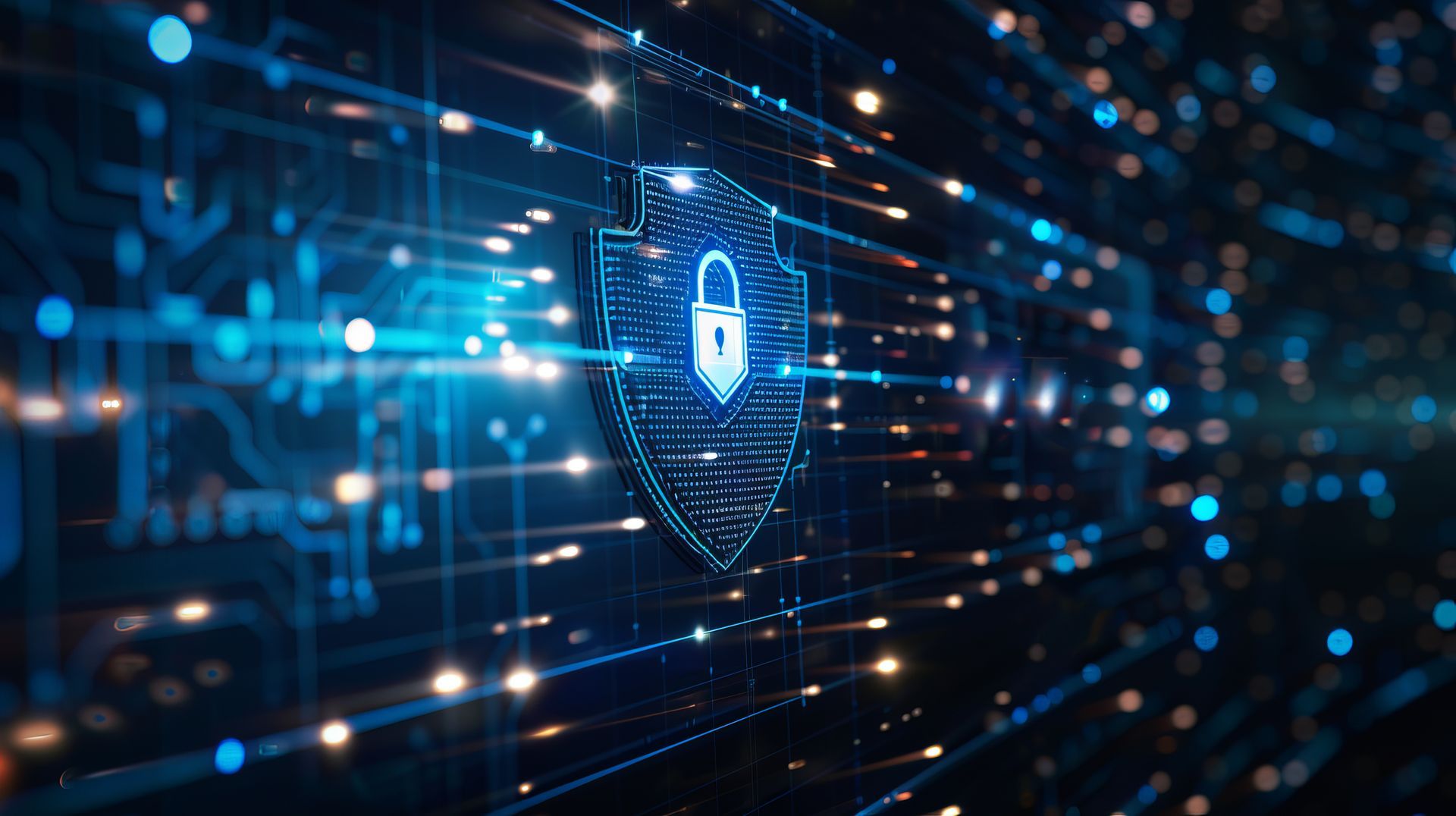How to Stay Safe When Working Remotely

Working remotely is becoming more common but there are safety risks associated with it. From identity theft to hacking, remote work carries a lot of risks. Since remote work is a feature of modern business, it is important to take steps to protect yourself and your business.
While working remote may offer a flexible work space, it can also create various security challenges.
The tips below will help you stay safe and enjoy a hitch-free remote work environment.
Follow Strict Privacy Rules
Don’t give away too much information when remotely working with a client. If your personal information falls into the wrong hands, it could be used to launch attack against you or your business.
Only information that is necessary for the job at hand should be shared. Passwords to critical assets, personal address and financial information should be off-limits in almost all cases. If there are instances that you need to reveal sensitive information, you should confirm the intended use of the data and the integrity of the requester.
Encrypt Devices
Whether you are communicating over a network or storing data on your devices, encryption is highly recommended as it adds an extra layer of security to your data. It ensures that your sensitive information cannot be accessed even if your device were to get lost or stolen.
Always communicate through secure channels and set up complete encryption for all your devices.
Use Strong Passwords
Your passwords should be up to date, strong and secure. Never use repetitive or easy to guess passwords as it opens you up to attack via brute force and guessing.
A good password will protect your device from unauthorized access and keep you safe while working remotely. To create a strong password, make it long and also include common personal phrases that only you understand but are impossible to guess.
Protect Your Devices
Workers usually collaborate by using both work and personal devices. Some people even take work home using their smartphones and PCs. This creates an opening for cyber attackers to infiltrate a business. If an attacker gains access to your smartphone or laptop outside work, they may use it to steal client or company’s information.
You must protect your gadget to prevent such theft. Also, set up backups on your devices so that a crash will not disrupt business activities.
Look out for Phishing Emails
Working remotely makes you more susceptible to phishing attacks since you communicate primarily through electronic means and have to on instructions. Remote workers are prime targets for phishing emails which aim to steal information or take over a business’ system.
As a remote worker, you are not on the ground to confirm mails, so it is easy to get tricked by fake email which attempts to impersonate boss, colleague or financial institutions.
You should verify every email before acting on its instructions. Also, install email filtering system to block spam and suspicious emails.
Install Security Systems
All systems used for remote work should be protected using firewalls, web filters, antivirus and other system security tools.
Other ways to ensure security while working remotely include:
- Avoid public WiFi or use VPN
- Don’t use a suspicious USB device
Working remotely has a lot of advantages but it also comes with drawbacks. Adopting the tips above will go a long way in ensuring your security while working remotely. If you need to set up a strong security system for your remote work, IT support companies can provide the proper support to get you started. SDTEK can help you implement the best security and IT support options for yourself and your employees.
The post How to Stay Safe When Working Remotely appeared first on SDTEK | San Diego, CA.


